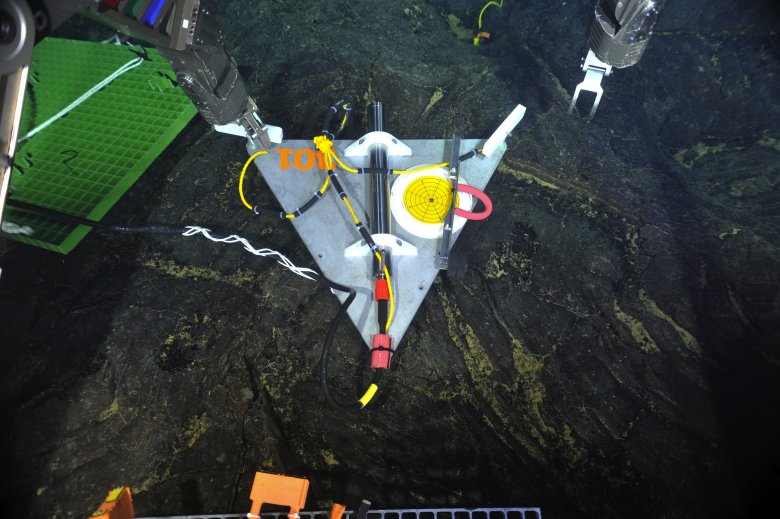
A seismometer is deployed on the underwater Axial Volcano in 2014.
A new seafloor observatory operated by the University of Washington is providing unprecedented detail about the possible eruption of a submarine volcano off the Northwest coast.
More than 80 scientists from around the world
gathered in Seattle last week to discuss a thrilling development: For the first time, seafloor instruments were providing a real-time look at the most active, submarine volcano off the Northwest coast — and all signs indicated it might erupt soon.
But even the researchers most closely monitoring Axial Seamount were stunned by what happened next.
Beginning Thursday, April 23 — the day after the workshop ended — the new sensors recorded
8,000 small earthquakes in a 24-hour period. The volcano's caldera, which had been
swelling rapidly from an influx of magma, collapsed like a deflated balloon.
"All the alarm bells were going off," said Oregon State University volcanologist
Bill Chadwick, who along with a colleague predicted last year that the volcano would erupt in 2015. "It was very exciting."
Scientists are still debating whether to describe what transpired as an eruption, which means molten rock flowed onto the seafloor. No instruments were destroyed and there was no obvious temperature spike, so the magma might have oozed into subterranean fissures, forming what's called a dike.
Chadwick is among those who suspect lava did burst out, probably north of where the new instruments are clustered. "This was a major event," he said. "
A lot of magma moved, and that makes a lot of us think it had to erupt somewhere."
The only way to find out for sure is to visit the site with a research vessel, which he and his colleagues will do this summer.
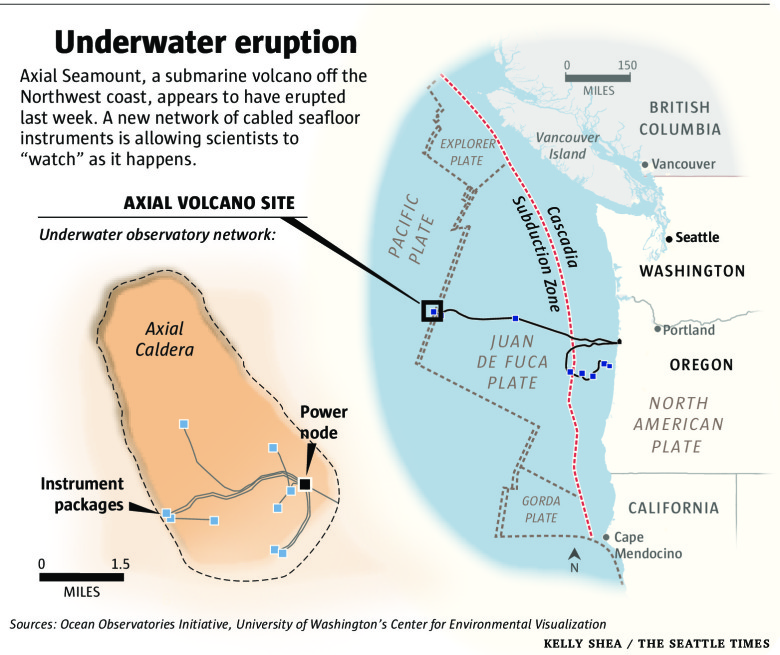
© Kelly Shea / The Seattle Times
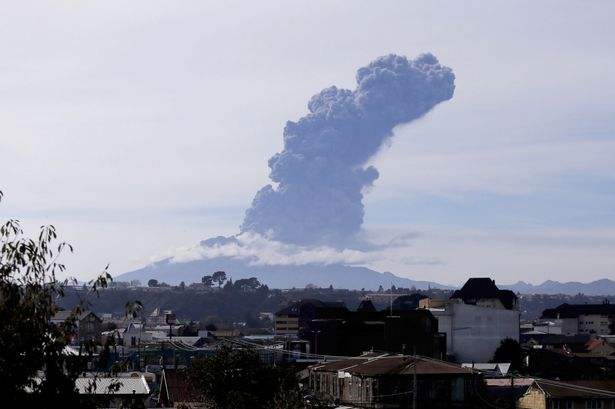


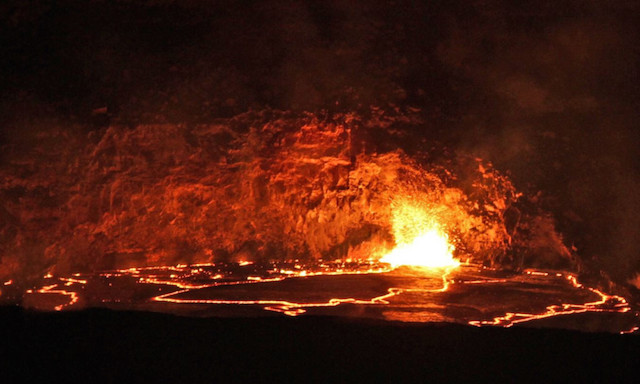
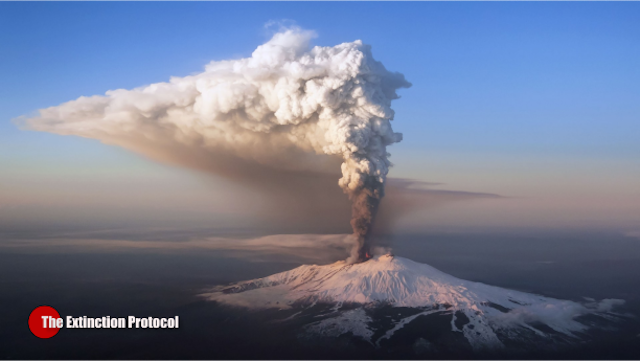
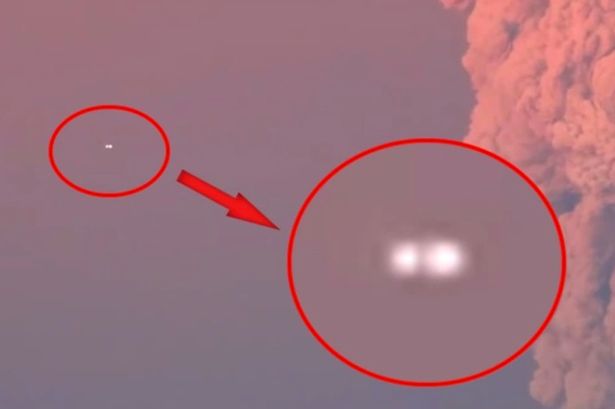
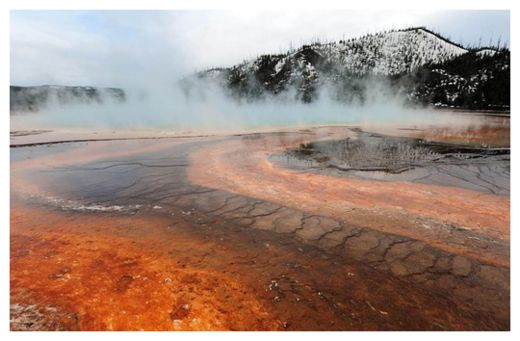
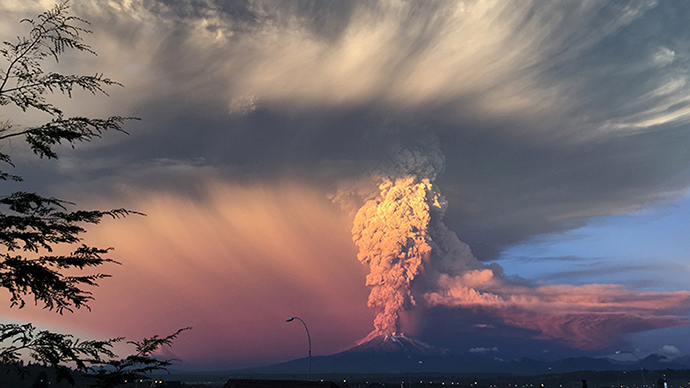


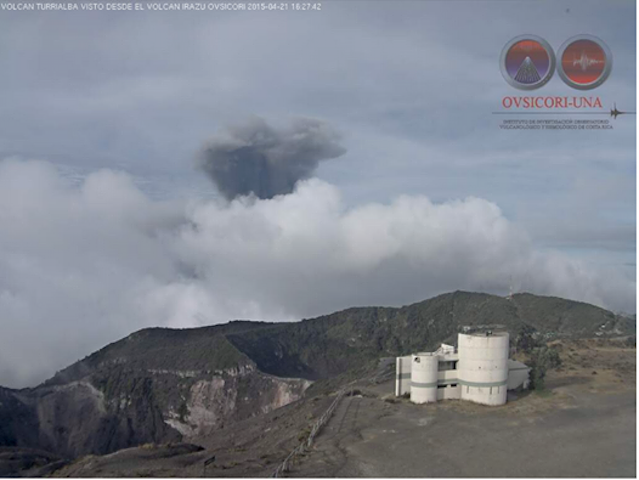
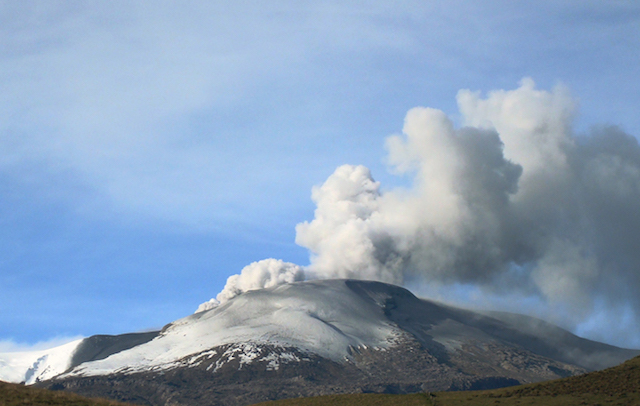
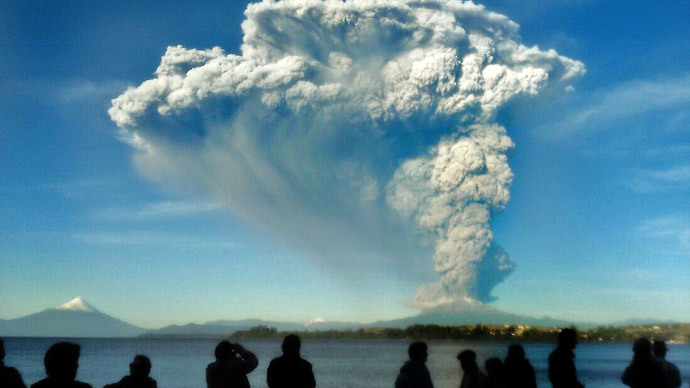



Comment: The vast majority of our planetary volcanoes are under water, so called 'submarine volcanoes' (perhaps up to one million of them). Although their eruptions are normally difficult to detect, the significant increase of fish die off's and strange migratory behaviour of marine life could be considered a potential sign of such activity (another cause being methane outgassing).
With the number of known volcanic eruptions on land rapidly increasing worldwide, as the number of volcanoes erupting right now is greater than the 20th century's YEARLY average, a comparable escalation in activity of their under water counterparts seems probable.